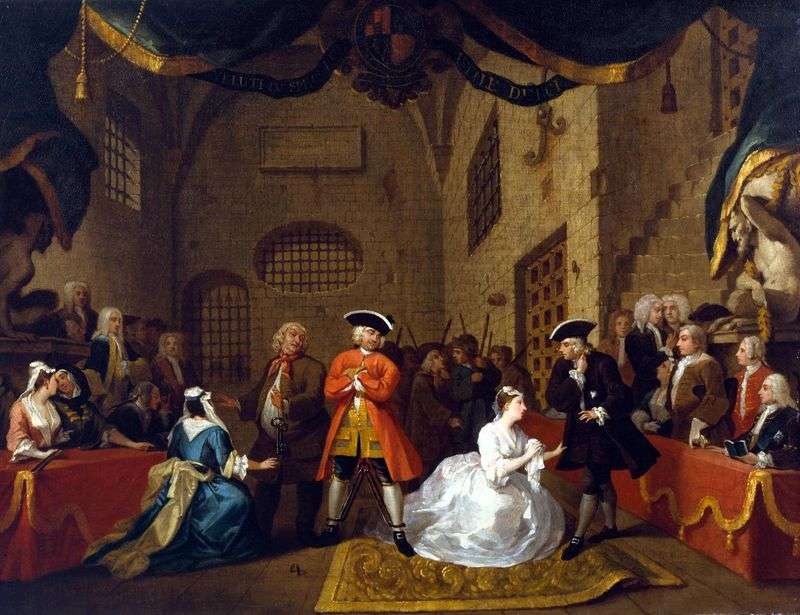
The painting depicts a scene from the comedy of John Gaia, a famous poet and playwright, whose story was prompted by Swift. The scandalous glory of the opera was connected with the obvious correlation of the thief band from the play with the British government. The depicted characters have features of the appearance of the actors who played in the play, the scenery also corresponds to the stage reality.
The production was directed against the domination of the Italian opera in theaters of London. This idea, too, was close to Hogarth, known for his Anglomania. Hogarth’s great passion was theater. He was the first of British artists to capture scenes from Shakespearean dramas on canvas, starting with the painting “Falstaff, examining recruits,” ca. 1728. The artist was friendly with the prominent actor of his era, David Garrick, who was depicted on the canvas as Richard III), and later – along with his wife.
A huge impression was made on Hogarth by John Gay’s play “The Opera of the Beggar”, which became a sensation of the 1728 theatrical season. During the performance, Hogarth made sketchy sketches, and then wrote a beautiful painting “The Opera of the Beggar.” Instead of the usual engravings, the artist prepared several versions of it for customers.
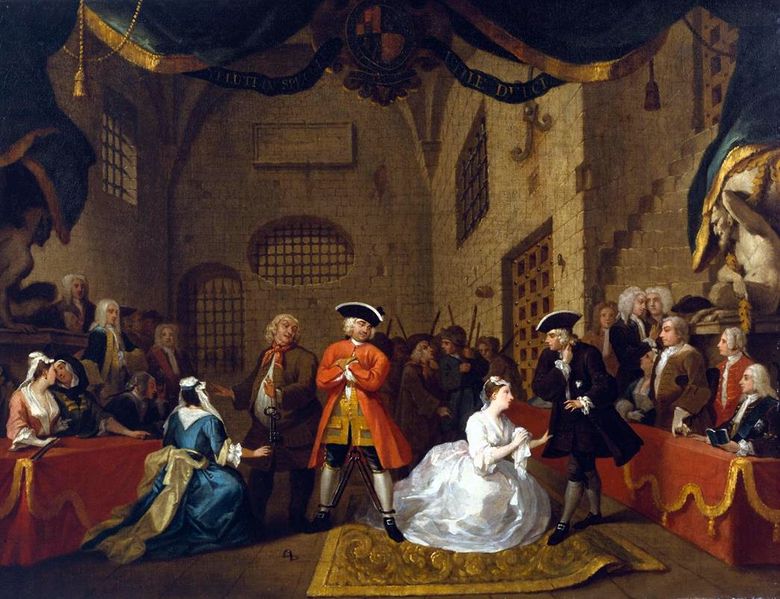 Opéra des mendiants – William Hogarth
Opéra des mendiants – William Hogarth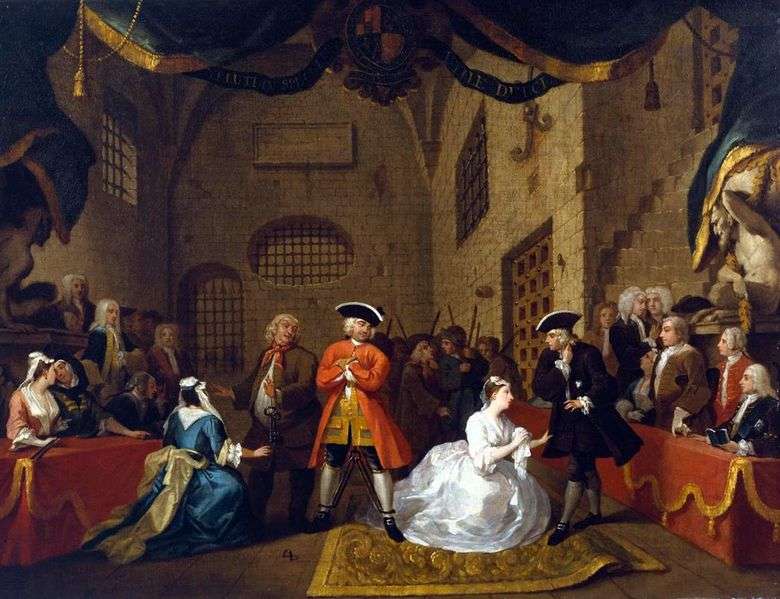 Ópera de los mendigos – William Hogarth
Ópera de los mendigos – William Hogarth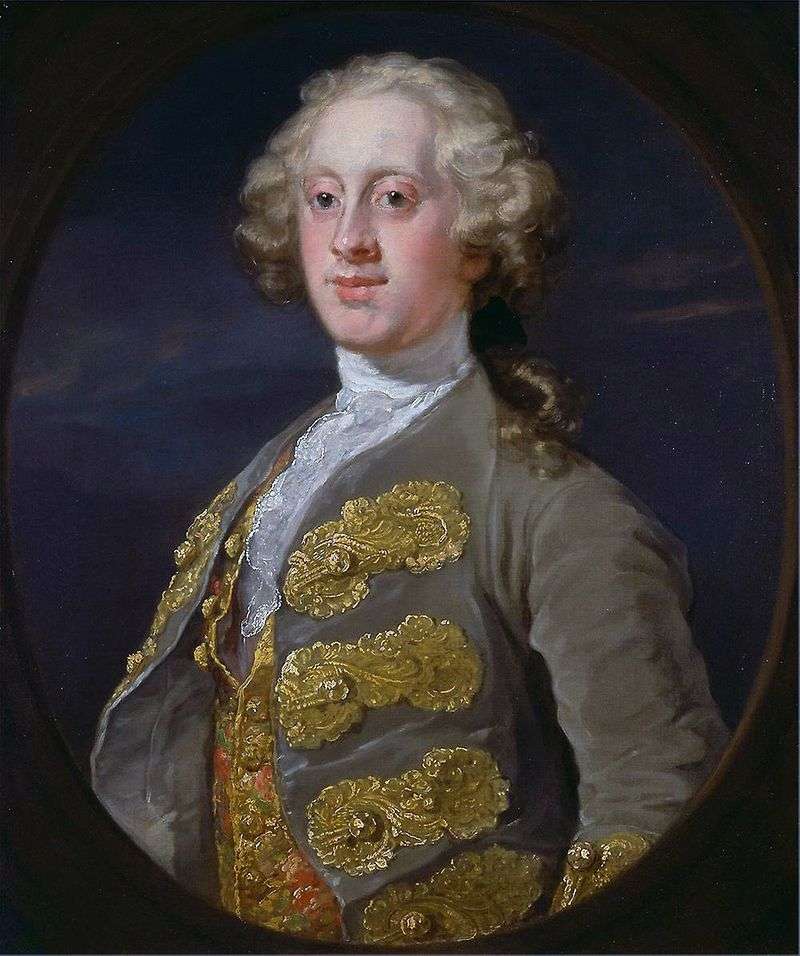 Portrait of William Cavendish, Marquise of Hartington by William Hogarth
Portrait of William Cavendish, Marquise of Hartington by William Hogarth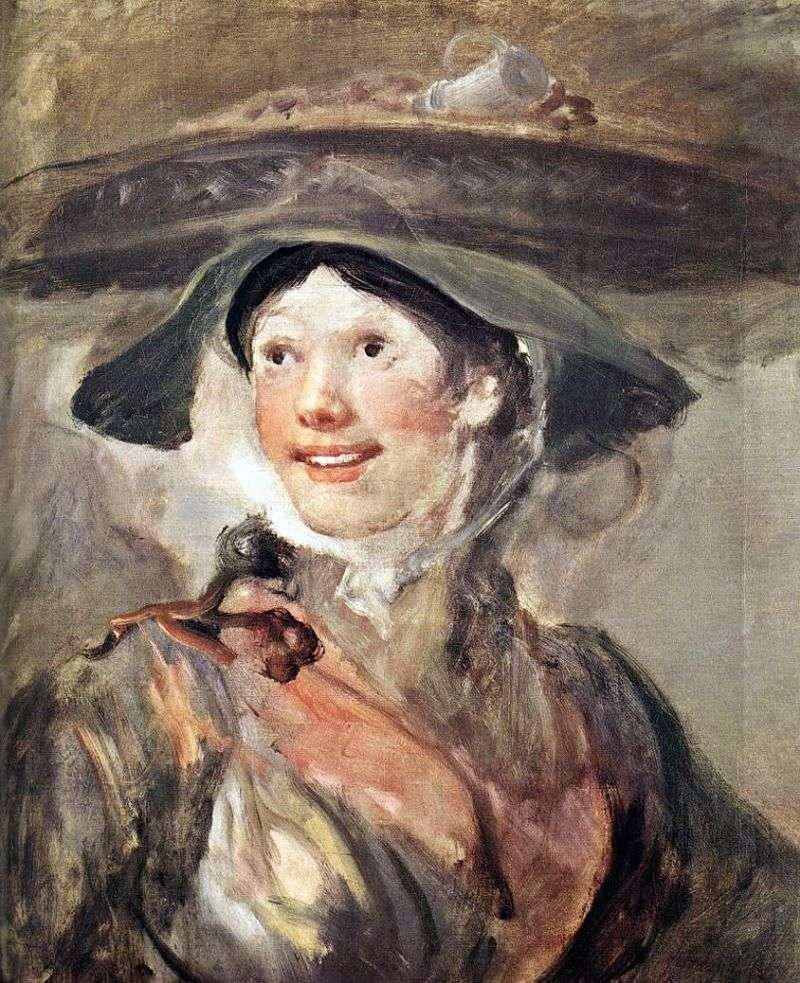 Girl with shrimp by William Hogarth
Girl with shrimp by William Hogarth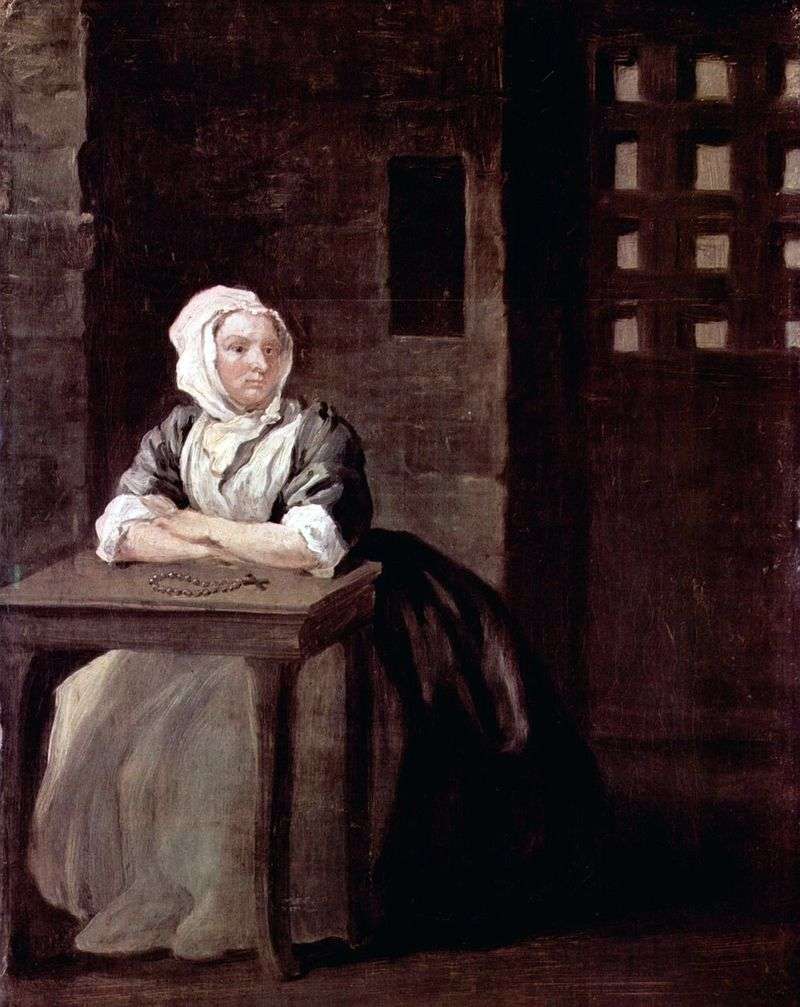 Sarah Malcolm by William Hogarth
Sarah Malcolm by William Hogarth Portrait of actor Garrick and his wife by William Hogarth
Portrait of actor Garrick and his wife by William Hogarth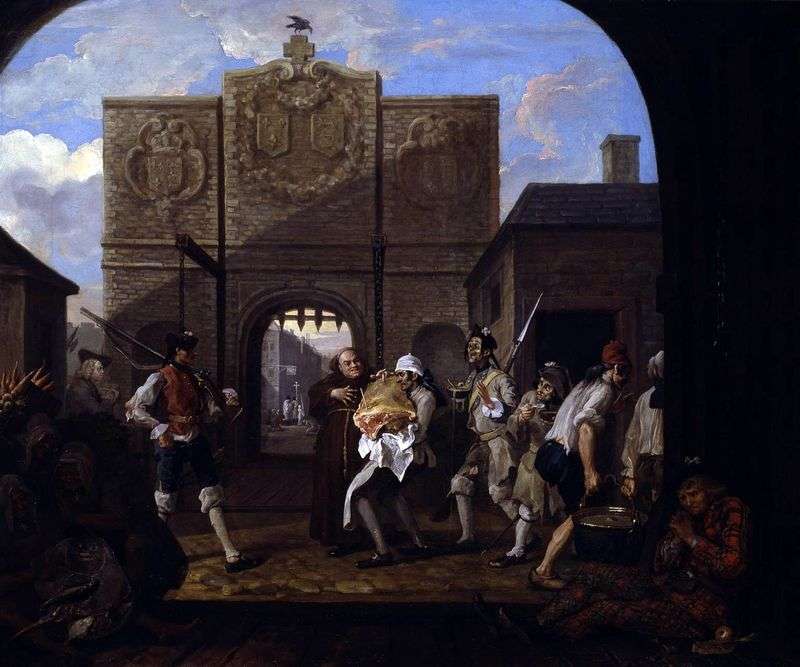 Gates of Calais, or O, roast beef of old England by William Hogarth
Gates of Calais, or O, roast beef of old England by William Hogarth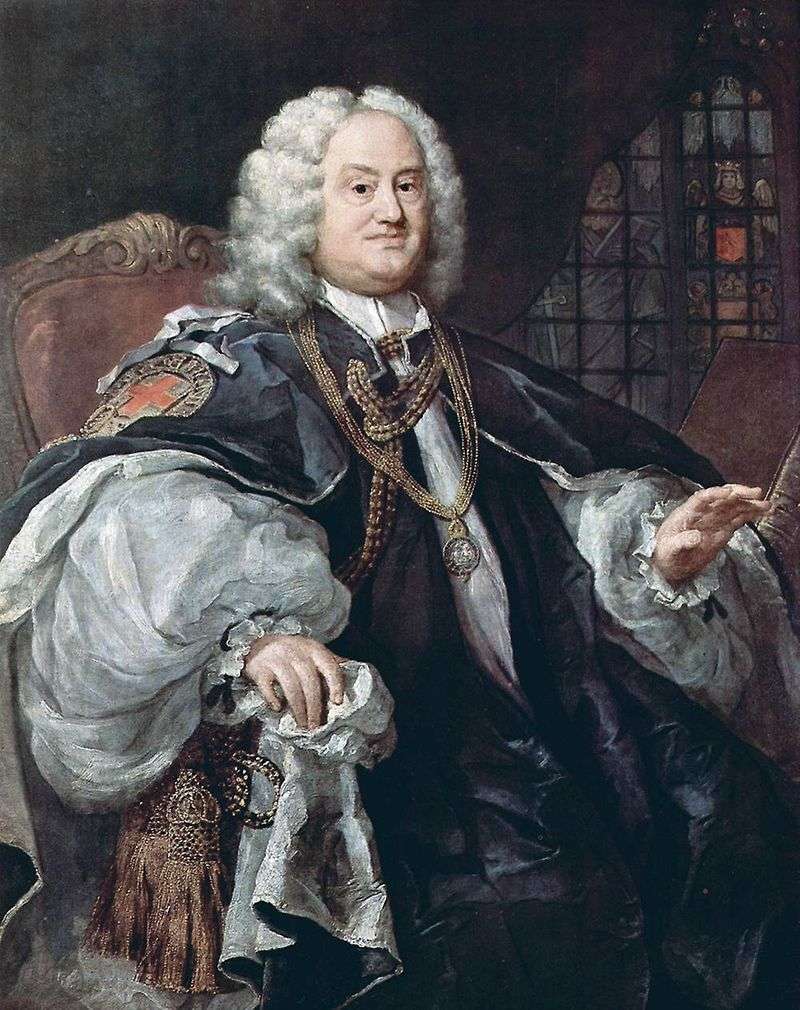 Portrait of Bishop Howley by William Hogarth
Portrait of Bishop Howley by William Hogarth